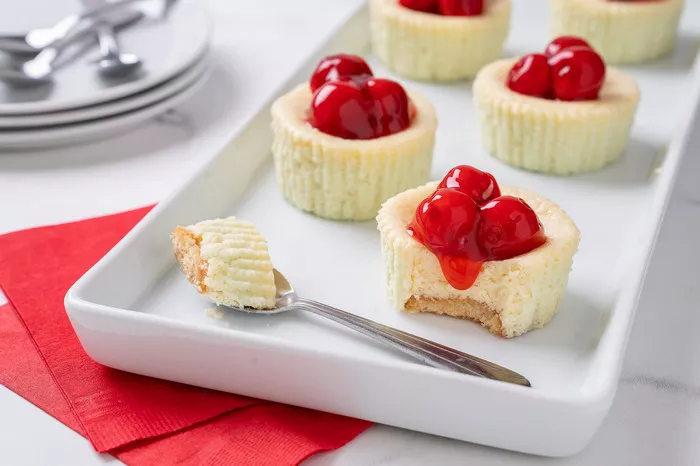Swiss Roll, a timeless and versatile dessert, has captured the hearts of sweet enthusiasts around the world with its spiral perfection and delightful fillings. In this comprehensive guide, we will delve into the origins, variations, baking techniques, and creative fillings that make Swiss Roll a beloved treat. From its historical roots to the modern twists on this classic dessert, discover everything you need to know to embark on a sweet journey with Swiss Roll.
Swiss Roll Origins
Contrary to its name, the Swiss Roll did not originate in Switzerland. Its history can be traced back to Central Europe, with the earliest recorded recipes emerging in Austria and Hungary. The name “Swiss Roll” is believed to have been coined by the English-speaking world in the 19th century, possibly due to its association with Swiss confectioners who were renowned for their culinary skills. Regardless of its naming origins, the Swiss Roll quickly gained popularity, becoming a cherished dessert with widespread appeal.
The Swiss Roll Foundation: Sponge Cake Mastery
At the heart of every Swiss Roll is a delicate sponge cake that achieves the perfect balance of lightness and flexibility. The sponge cake is typically made by whisking eggs and sugar until light and fluffy, followed by folding in sifted flour to create a batter. The key to the sponge’s success lies in the incorporation of air during the mixing process, resulting in a cake that can be easily rolled without cracking. This foundational sponge serves as the canvas for a myriad of creative variations, making Swiss Roll a versatile dessert for both novice and experienced bakers.
Baking Techniques: Achieving the Perfect Spiral
Baking a Swiss Roll involves a series of precise steps to ensure a flawless, crack-free roll. Once the sponge batter is prepared, it is spread evenly onto a baking sheet lined with parchment paper. The baking time is brief, typically around 10-12 minutes, at a moderate temperature. Once baked, the sponge is immediately flipped onto a clean kitchen towel dusted with powdered sugar. This quick and strategic maneuver prevents the cake from sticking to the parchment paper and facilitates the rolling process. The sponge, still warm, is then rolled into a tight spiral using the kitchen towel as a guide. Mastering these techniques is essential for achieving the iconic Swiss Roll presentation.
Swiss Roll Variations: From Classic to Creative Twists
While the classic Swiss Roll features a vanilla sponge with a layer of jam or cream, the world of Swiss Roll desserts has expanded to include an array of creative variations. Chocolate Swiss Rolls, incorporating cocoa powder into the sponge, offer a rich and decadent twist. Fruit-filled Swiss Rolls, featuring fresh berries or citrus curd, add a refreshing dimension. For those seeking a touch of elegance, matcha-flavored Swiss Rolls with green tea-infused sponge and cream have gained popularity. The versatility of the Swiss Roll allows for endless experimentation, inviting bakers to infuse their own creativity into this beloved dessert.
Creative Fillings: Beyond the Traditional Jam Layer
While jam remains a classic filling for Swiss Rolls, contemporary bakers have embraced a wide range of innovative fillings to elevate the dessert’s flavor profile. Whipped cream, often sweetened and flavored with vanilla or other extracts, adds a luscious and airy texture. Cream cheese fillings provide a tangy contrast to the sweetness of the sponge, and chocolate ganache infusions offer a rich and indulgent experience. For a tropical twist, coconut cream or mango puree can be used as exotic fillings. The options are as diverse as one’s culinary imagination, allowing each Swiss Roll to be a unique and delightful creation.
Decorating and Presentation: A Feast for the Eyes
Beyond its delectable taste, the Swiss Roll is known for its visual appeal. Decorating and presenting a Swiss Roll offers an opportunity to showcase creativity. Powdered sugar dustings, cocoa powder sprinkles, or even a drizzle of chocolate ganache can enhance the aesthetic appeal. Fresh berries, edible flowers, or mint leaves provide a burst of color and freshness. Some bakers take it a step further by incorporating intricate designs or patterns on the surface of the sponge before rolling, transforming the Swiss Roll into an edible work of art.
Storage and Serving: Maintaining Freshness and Flavor
To preserve the freshness and flavor of a Swiss Roll, proper storage is essential. Once filled and rolled, Swiss Rolls can be wrapped in parchment paper or plastic wrap and refrigerated. This not only prevents the sponge from drying out but also allows the filling to set, resulting in a more stable and cohesive roll. When ready to serve, the Swiss Roll can be sliced into individual portions, showcasing the beautiful spiral pattern. Serving options are diverse, ranging from casual family desserts to elegant offerings for special occasions.
Conclusion:
Swiss Roll, with its rich history, versatile variations, and artistic presentation, has earned its place as a beloved dessert worldwide. From its humble origins in Central Europe to the modern interpretations gracing dessert tables, the Swiss Roll continues to captivate taste buds with its delicate sponge, creative fillings, and visually stunning appearance. Whether you’re a seasoned baker looking to master the art of Swiss Roll or a curious dessert enthusiast eager to explore its diverse world, this comprehensive guide has provided everything you need to know to embark on a sweet journey with this iconic rolled delight.
























